What Berlin is Like in Winter
Winter is coming. Is it your first in Berlin? Stick it out and you’ll join the ranks of confirmed expats: those who know how to count every sunny day in summer, and are all too aware of the slipping of the light as winter nears. By the following June, you will look at the seasonal arrival of newcomers differently. They have only a fractional understanding of what living in this city is like, they have not yet lost their illusions.
Golden autumn, the angled light, the glow on the leaves, all yield to months of cold. But it is the darkness that surprises even seasoned winter survivors, with the sun going down between three and four in the afternoon. If you’ve enjoyed those white nights in summer, you can approximate what their reverse might be like, and the corresponding effect of light deprivation on the moods of Berliners. The humour becomes darker, the elbows sharper. Berliners aren’t known to hide how they feel.
What have you done to prepare? Sublet your apartment for three months and bought a ticket to the South America? Purchased a 10-er card for the (sometimes cranky) sauna at the Stadtbad Neukölln? Bought plenty of candles and hope your curtains don’t catch on fire? A cookbook on how to prepare comforting soups? A full-spectrum lamp? Or a collection of Auden poetry to indulge yourself in the coming misery:
Into many a green valley,
Drifts the appalling snow;
Time breaks the threaded dances
And the diver’s brilliant bow.
I have my own strategy. I go to the bleakest place I know in the city. The view from Warschauer Bridge which straddles, with the Oberbaumbrücke, the former East-West divide, across the Spree River between Friedrichshain and Kreuzberg, can be terrifying even by Berlin standards. In winter, the level of bleakness becomes almost hilarious. Look: the vast sprawl of the train tracks among dilapidated industrial buildings, the crumbling Soviet-era blocks in the distance, the horizon punctuated by the bulbous austerity of the television tower, the river almost frozen and fronted by a motley of undistinguished brick or grey buildings, and then there is the wind. The aesthetic is something between that of the apocalyptic metropolis, the building site and industrial chic. You think it would be the last place you’d want to be in the gloom of mid winter if you are seasonally affected.
But if you come here in the twilight of winter with headphones and a warm jacket, a little minimal electronic will cast the train tracks silver. The lights of the windows of the passing S-Bahn are passing sparks in the gloom. At night, there are groups of bundled young people emerging from the bracing cold into nearby bars with windows clouded with heat. Or they make for concert venues where it’s dark both when you arrive and leave. There are candles in windows dripping wax, like icicles hanging perilously from roofs. Then after your night out, you are back to the S-Bahn at Warschauer Str. where the view opens up to the brute contrast of the manmade and derelict, rusting rails and fences, abandoned factories, looming in the dark, against the infinity of dull of crisp sky and stars. It is lonely, it is dark, but it is both ugly and sublime, and there is a place for inwardness.
But to aestheticise winter, you need to keep it from penetrating you with its cold. I, for one, cannot survive a winter uninterrupted in Berlin. In order actually to enjoy the severe beauty of winter in this city, so much part of a ‘Berlin aesthetic’ of weathered industrial spaces, all set in a gloomy January light, you need still to be happy inside. A week or two here and there in the sun, for an infusion of Vitamin D, allows one to enjoy being coddled in the darkness without being crushed by the post-industrial brutality of the former East. If you can manage this, your winter holiday booked, the sauna visit scheduled, a home-made minestrone on the stove, your sun lamps on full, your candles lit and your poetry open on your desk, you might just enjoy the marvel of the thin light of sunset, mid-afternoon.
James comments (11/2012):
It’s not just the failing light. I know no bleaker sound than the mournful echo of the public address system on the platform of the Warschauer Str. S-Bahn station, incomprehensible to all, but still laden with all of the sadness of the twentieth century. But then one goes to a club…

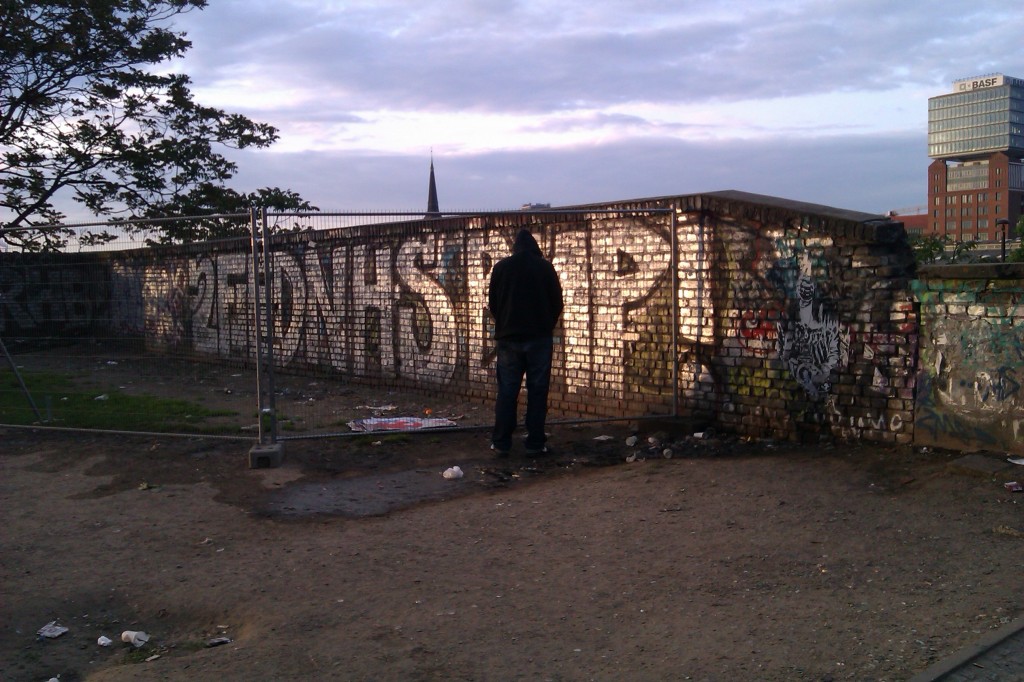

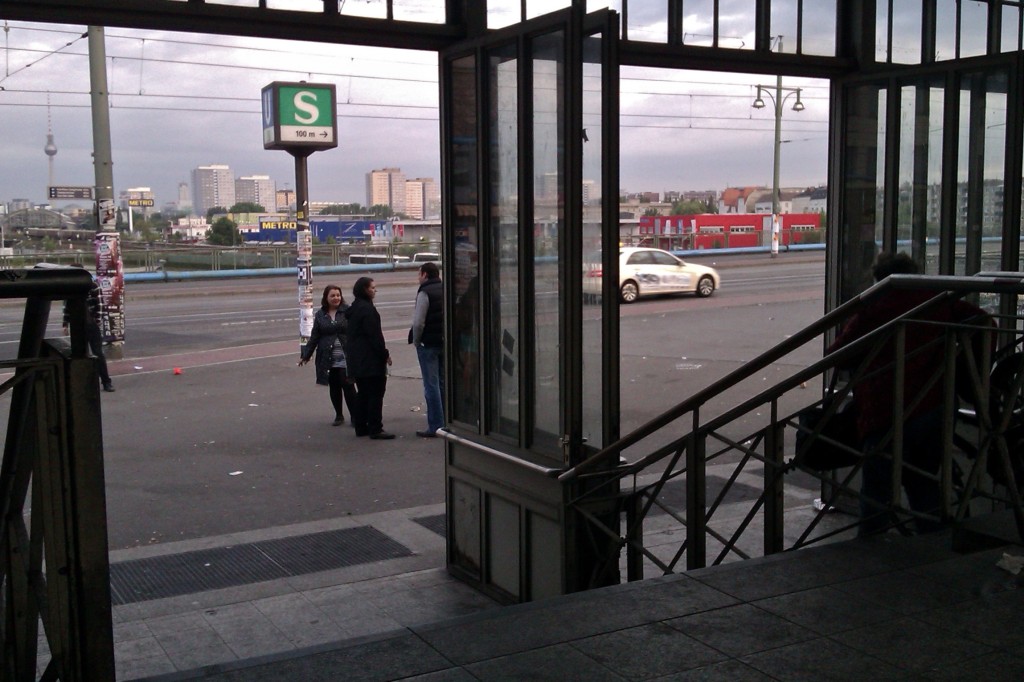
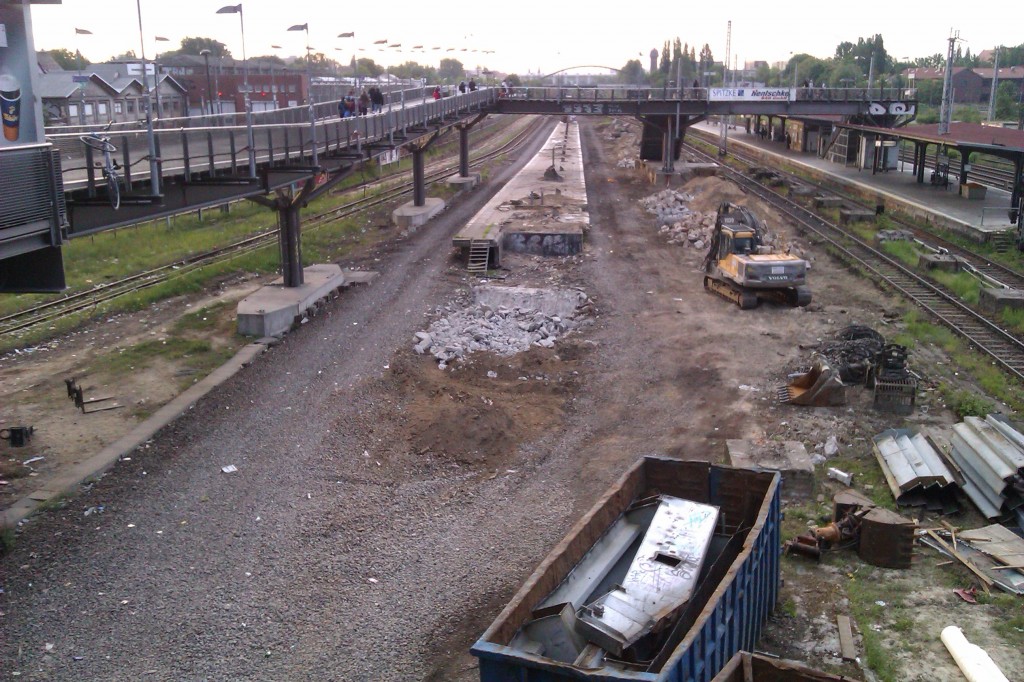
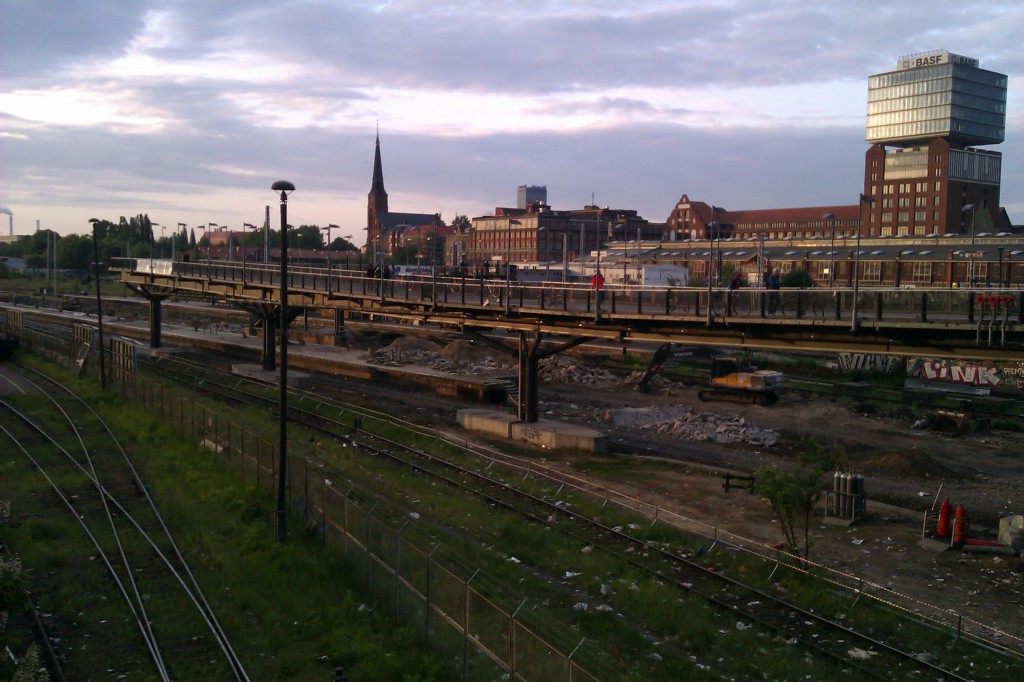

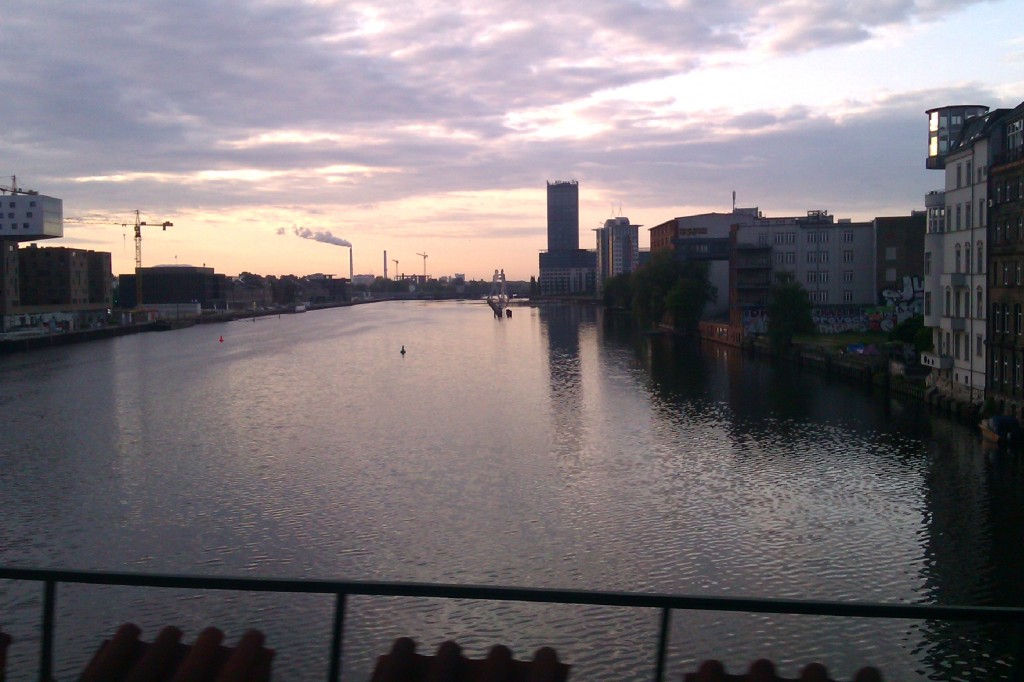
You shold be reading the German poems regarding the topic, for example this one:
http://rainer-maria-rilke.de/06b012herbsttag.html
😉
Lovely! Thank you for posting. It’s one of my favourite Rilke poems (along with the Duino Elegies…).
I love your writing! I was just in Berlin this weekend and experienced the toe-numbing cold! Thank you for this post :)))